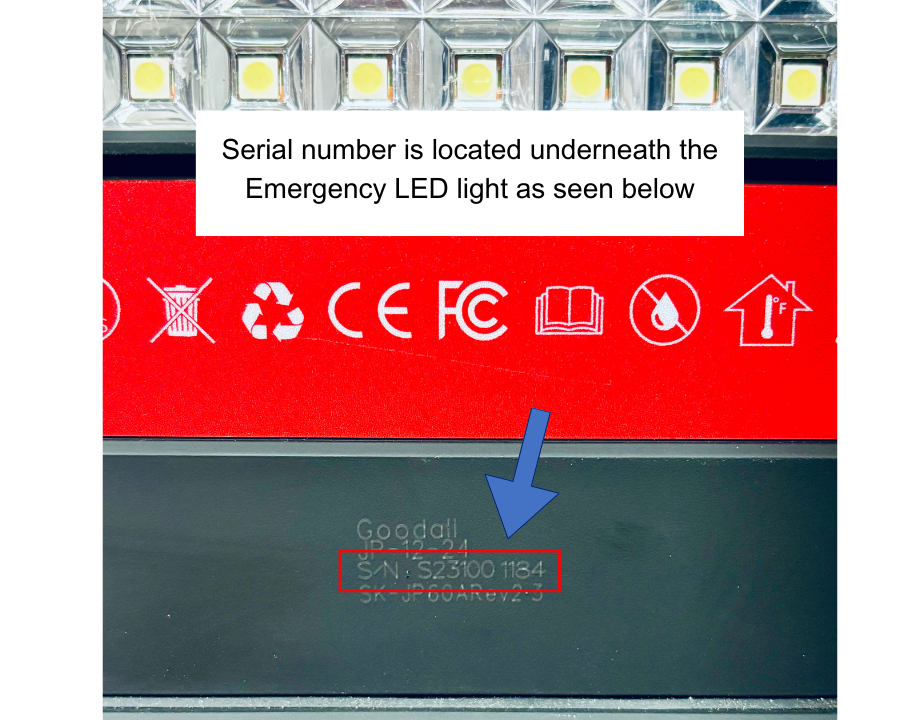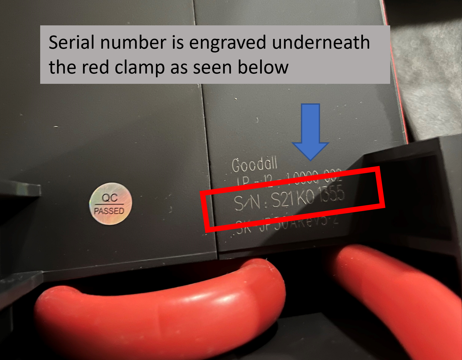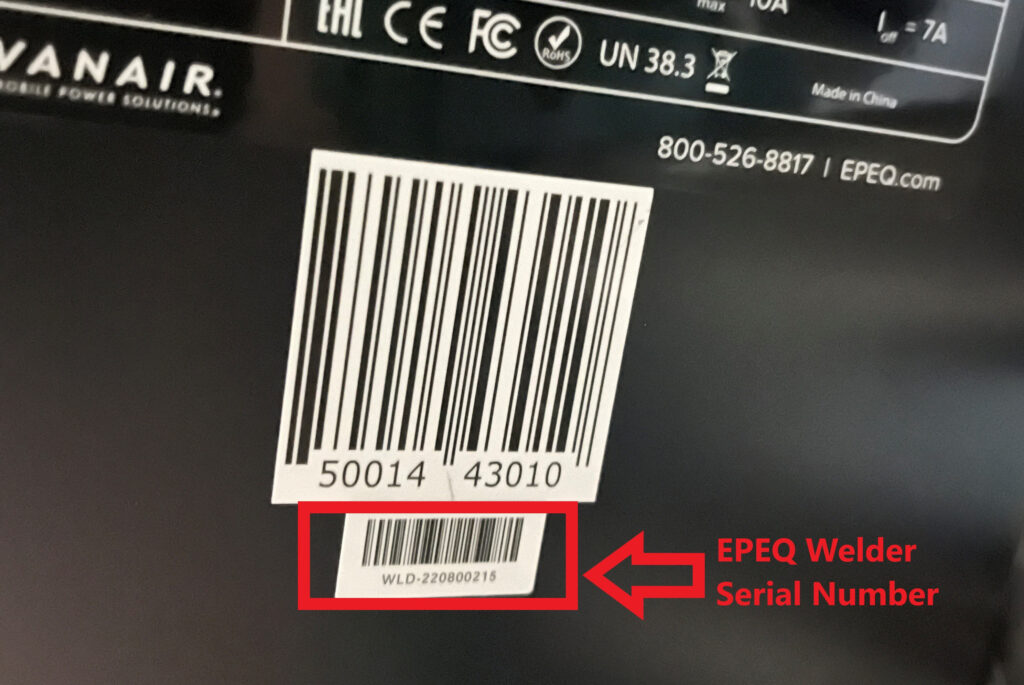This article was originally published by Lincoln Electric on https://www.lincolnelectric.com/en/EV-charging. View the article by Lincoln Electric here.
When it comes to comparison shopping for a Level 3 or DC fast charger, paying close attention to detail is paramount. From max power efficiency and compatibility to temperature thresholds, codes and standards, having a firm grasp of the technical specifications manufacturers list about their equipment can help you drill down on the optimal charging station for your needs. To aid in the decision-making process, here is a primer on four basic Level 3 charging specs that are essential to know.
What’s the difference between CCS1, CCS2, NACS and CHAdeMO?
- CCS1 (Combined Charging Standard 1) is a North American charging connector standard that was developed by the Charging Interface Initiative, an association whose members include auto manufacturers BMW, Volkswagen, Hyundai and others.
- CCS2 (Combined Charging Standard 2) is the European charging connector standard developed by the Charging Interface Initiative.
- NACS (North American Charging Standard) is a charging connector standard developed by Tesla and used on all North American Tesla vehicles since 2012. This year, Ford, GM, Rivian and Volvo declared that they will adopt the NACS plug in their next-gen vehicles by 2025 and SAE International will standardize the NACS connector as part of an initiative to strengthen the North American EV charging infrastructure.
- CHAdeMO is a charging standard developed by Japanese auto manufacturers and is predominantly used by Nissan. However, newer Nissan vehicles also include CCS
The bottom line: There may come a time when a single industry standard reigns supreme. But for now, if you’re looking for chargers in the U.S. and Canada, then you’ll want to verify the charger has both CCS1 and NACS ports.
What do max power efficiency, output power and input power mean?
- Max power efficiency shows how effectively the charger can convert AC power from the grid to DC power for the EV. For example, 95% power efficiency means 95% of the power will be delivered to the EV, while the remaining 5% will be lost as heat or other inefficiencies. Because you can only charge for the power that your customer receives, you’ll make more revenue with a charger that has a higher max power efficiency. That means even a charger that’s 1% better can add up significantly over time.
- Output Power refers to the maximum amount of power that the charger can deliver to the vehicle. The higher the max power output, the faster it will take to charge an EV. Most DC fast chargers have a maximum output of between 150 to 350kW and can charge an EV battery to 80% in 20 minutes to an hour.
- Input Power refers to the required input voltage and current that the charger needs from the electrical grid. A typical fast charger with 150kW requires a high current draw (200 Amps) and a high input voltage (460 volts) intended for commercial or industrial locations. It is not suited for residential areas or convenience store gas stations because it requires such a large amount of power (enough to power 12 homes – which would likely come with a high utility demand charge) to be pulled from the grid.
To select a charger with the right max power input to match your particular situation, you should consult with your utility company to determine the power voltage available. You should also consider the type of customer you plan to serve. Will they be public consumers who need to charge their vehicles while on the go or a commercial enterprise with a fleet of vehicles?
What is the optimum temperature, humidity and altitude range for a DC fast charger?
Want to make sure a DC fast charger can function in some of the most extreme environmental conditions? Then you’ll want to pay close attention to these specs.
- Temperature: To check if the charger you’re evaluating can perform in the hottest and coldest environments, examine the temperature range. Some DC fast chargers have wider ranges than others, but the widest spec rating we’ve seen is from -22°F to 122°F (-30°C to 50°C). It is also important to inquire how well the charger can operate when the temperature changes gradually or rapidly.
- Humidity: Humidity is another factor to consider because excess moisture can damage electrical components and connectors and increase the risk of electrical faults and short circuits. A good Level 3 fast charger should function effectively in relative humidity ranges between 10-90%.
- Altitude: There are also limitations when it comes to elevation. Most DC fast chargers have an operating altitude range that falls between sea level and 9,800 feet.
It is important to note that these specs are just a starting point for evaluating how well a DC fast charger can perform in certain environmental conditions. To learn what makes a DC charger weaker or stronger at standing up to the elements, see our previous blog “Three Indicators for Evaluating DC Fast Chargers.”
What standards and codes are important to look for and what are their significance?
- UL 2202, UL 2231-1 and UL 2231-2: These standards cover personnel protection systems, operation of EV charge stations, supply circuits and interoperability. On a specifications sheet or brochure, you should look for all of these.
- ISO 15188 and DIN SPEC 70121: These standards are related to technology communications between the EV charger and vehicle. ISO 15188 enables features such as Plug and Charge to establish a secure connection that protects charging-related information and billing data from being intercepted by third parties. It also dictates standards for smart charging. With Plug and Charge, the EV is automatically recognized and authorized to charge as soon as it is plugged into a compatible charging station.
- DIN SPEC 70121 was created before ISO 15188 and was instrumental in allowing manufacturers to develop interoperability features between vehicles and chargers. ISO15188 advanced those features to include Plug and Charge and includes both DC and AC charging modes. It is important to note that a charging station that only supports ISO 15188 cannot charge an EV that only communicates in DIN SPEC 70121. However, if the EV can understand both languages, then charging can take place. In a similar vein, if the EV charger understands both ISO 15188 and DIN SPC 70121, then an EV that only communicates using one of the two can also pull up and charge successfully.
- OCPP 1.6 and OCPP 2.0.1: OCPP stands for Open Charge Point Protocol and was created by the Open Charge Alliance to promote open standards for EV charging networks.
- OCPP 1.6 and OCPP 2.0.1 allow communication between the charging station and external systems, such as back-end management systems and network operations. Both also enable functions that start and stop charging, provide status updates, remote diagnostics and secure data exchanges.
- OCPP 2.0.1 is the most recent version and features some improvements compared to OCPP 1.6. However, OCPP 1.6 still meets current industry standards and is widely used.
- NEC 625: EV chargers should be manufactured to meet National Electrical Code (NEC) 625, which requires all electrical materials, devices, fittings and related equipment be listed to satisfy safety and performance standards. This is critically important for proper construction, installation and wiring of EV chargers.
Explore all Lincoln Electric Velion® 50kW Mobile DC Fast Chargers available through Vanair® HERE. The Velion® Charger is a Level 3 DC fast charger capable of providing consistent and reliable EV charging at three output power levels: 12.5kW, 25kW, and 50kW. The Velion® all-in-one solution features potted PC boards, a durable powder-coated steel exterior, and is proudly manufactured with U.S. made steel. Fully compliant with Buy America (BA), Buy American (BAA), Build America, Buy America (BABA), and American Iron and Steel (AIS) standards.
Vanair®, the Vanair® logo and Mobile Power Solutions® are registered trademarks or trademarks of Vanair®, a Lincoln Electric Company, Michigan City, IN, USA. Lincoln Electric®, and the Stacked Oval Logo are registered trademarks of The Lincoln Electric Company and its related companies. Velion® and One-Pak® are registered trademarks of The Lincoln Electric Company and its related companies. All trademarks and registered trademarks are the property of their respective owners.




